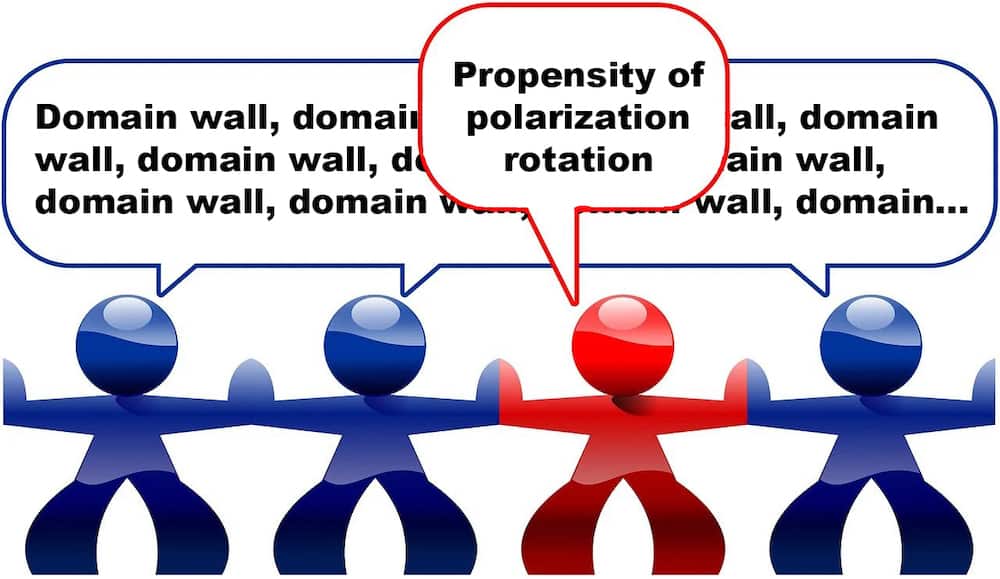
[Image above] Credit: ACerS
In the past few weeks, the House and Senate finished releasing their final budget proposals for fiscal year 2022. As they work toward a final agreement, I find it interesting to see which areas are considered priorities this year and how those priorities compare to previous budget cycles.
The ShakeAlert early warning system is one program that I’m glad to see has received consistent bipartisan support since research and development of the system began in 2006. ShakeAlert uses earthquake science and technology to detect significant earthquakes quickly so that alerts can be sent to people before shaking starts. The system was first deployed statewide in California in 2019 and extended to Oregon and Washington in 2021.
Key to the development of ShakeAlert is our knowledge of plate tectonics and how their movement relative to each other causes earthquakes. What people may not realize, however, is how recently plate tectonics became accepted science. Alfred Wegener’s publications in the 1910s on continental drift were the genesis for plate tectonics, but it wasn’t until the 1960s that geologists began to accept this much disputed theory.
The history of how plate tectonics became an accepted science demonstrates the importance of sometimes challenging traditional scientific notions to advance research. And a recent paper published in Advanced Materials does just that, in the field of ferroelectrics.
Ferroelectricity is the property of certain materials having spontaneous electric polarization that is reversible through the application of external electric fields. Ferroelectric materials are a subset of piezoelectric materials, which generate an electric charge in response to an applied mechanical stress.
In the 100 years since the first reported discovery of ferroelectricity in 1920, identification and use of ferroelectric materials has proliferated. These materials are now essential components in many advanced technologies, including smartphones, diagnostic ultrasound, energy harvesting and storage, and more.
When designing ferroelectric materials, researchers have long been guided by the belief that smaller domain sizes lead to greater piezoelectric properties. This belief is based on the fact that domain walls have a strong influence on piezoelectricity. Thus, smaller domain sizes equate to a higher density of domain walls, which should give a larger piezoelectric coefficient.
The recent Advanced Materials paper challenges this belief. The paper is by Penn State postdoctoral scholar Bo Wang, ACerS Fellow and Penn State Hamer Professor of Materials Science and Engineering Long-Qing Chen, and ACerS member and associated director of the Electronic Materials Research Laboratory at Xi’an Jiaotong University Fei Li.
In the paper, the researchers explain that the idea that smaller domains lead to higher piezoelectricity is based on very limited existing data without a solid theoretical foundation, and these studies looked only at the surface of a ferroelectric crystal. So, the authors decided to theoretically examine what happens under the surface of ferroelectric crystals using thermodynamic analysis and phase-field simulations.
They determined that the nature of the domain-size dependence of piezoelectricity is based on the propensity of polarization rotation inside the domains instead of the domain wall contributions. Thus, the inverse domain-size effect—the larger the domain size, the higher the piezoelectricity—is entirely possible and can be just as common.
Based on these findings, the researchers established a new analytical model for predicting the domain-size dependence of piezoelectricity, which “can serve as a guiding tool for optimizing piezoelectricity of ferroelectric materials beyond the ‘nanodomain’ engineering,” they write in the paper.
“We hope that this study allows people to rethink the design principles for piezoelectric materials, perhaps creating better piezoelectric materials in ways that were not thought possible before,” Wang says in a Penn State press release. “This may enable better piezoelectrics made from lower-cost materials, or from materials that are more environmentally friendly.”
The paper, published in Advanced Materials, is “Inverse domain-size dependence of piezoelectricity in ferroelectric crystals” (DOI: 10.1002/adma.202105071).
Author
Lisa McDonald
CTT Categories
- Basic Science
- Modeling & Simulation
Related Posts
‘Fairy circles’ may help mark natural underground hydrogen deposits
September 18, 2025


